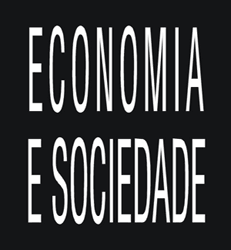Abstract
The present study aims to develop a multi-sectoral cumulative causation model with endogenous technological progress and the real exchange rate. The literature on export-led growth, originally based on the model constructed by Dixon and Thirlwall (1979), advanced to a multi-sectoral approach developed by Araujo (2013)ARAUJO, R. A. Assessing the dynamics of terms of trade in a model of cumulative causation and structural change. Germany: University Library of Munich, 2013. (MPRA Paper, n. 46049).. However, the multisectoral model originally developed by Araujo and Lima (2007)ARAUJO, R. A.; LIMA, G. T. A structural economics-dynamics approach to balance- of payments constrained growth. Cambridge Journal of Economics, p. 755-774, 2007. disregards the exchange rate and maintains the rate of change in labor productivity at null. Thus, we intend to advance the theoretical debate by introducing endogenous technological progress and the real exchange rate in the Law of Multi-Sectoral Thirlwall to the Pasinettian model. The study makes an important contribution in terms of enabling policy makers to identify which sectors contribute most to the long-term growth of the domestic economy as well as providing economic and industrial policies to improve trade relations and the competitiveness of the economy, to drive the economy to a higher stage of development.
Keywords:
Structural change; Cumulative causation; Endogenous technological progress; Real exchange rate; Economic growth

 Fonte: Elaboração Própria
Fonte: Elaboração Própria